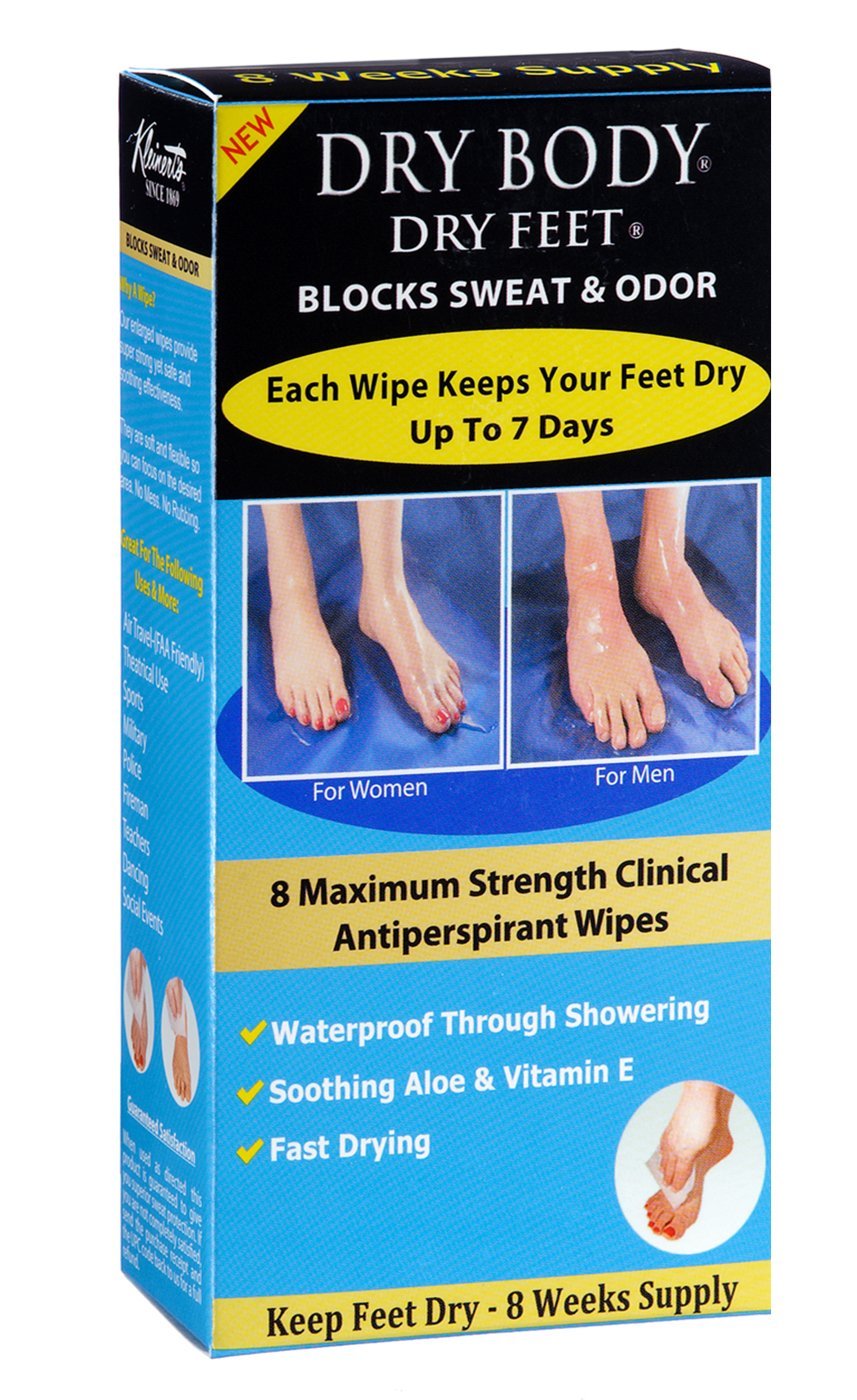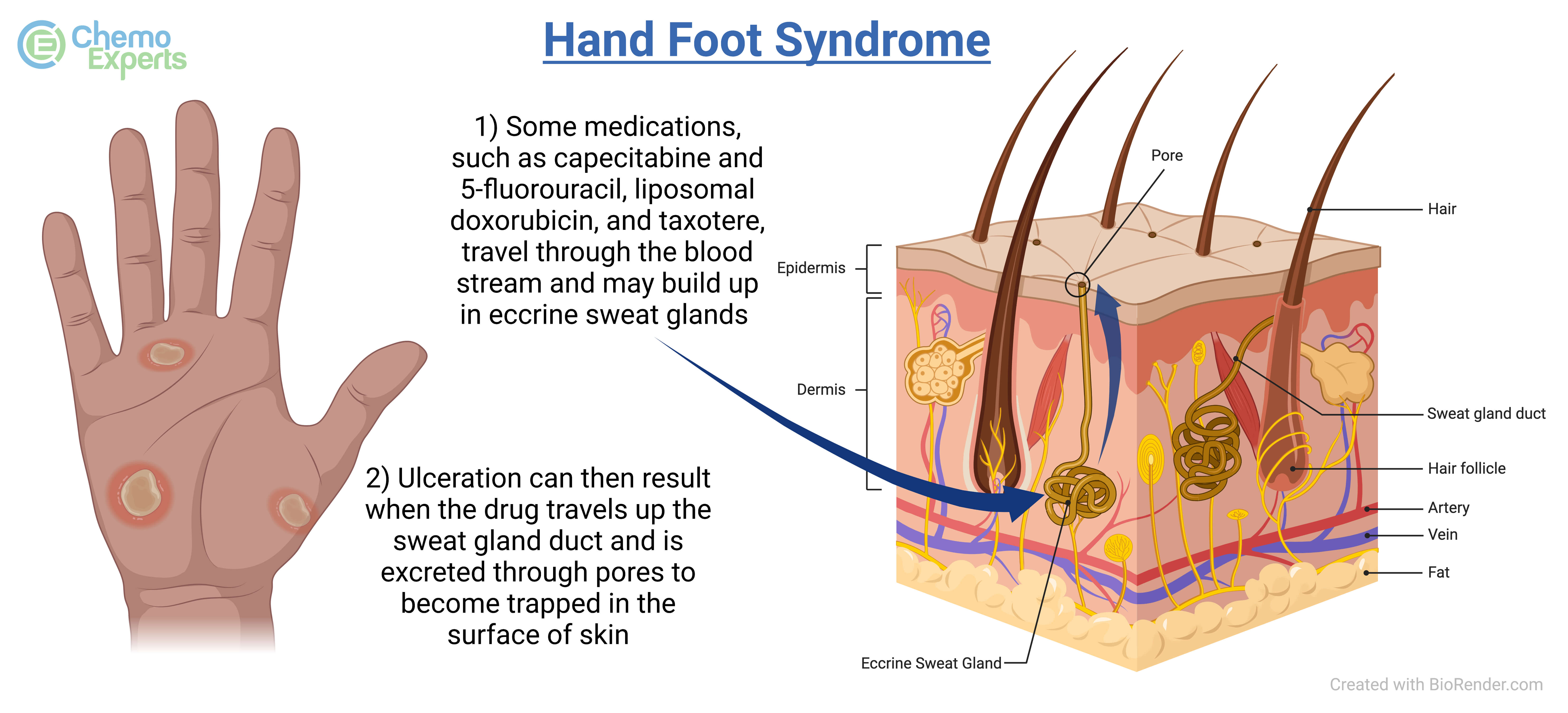Targeted Dermatology Treatments for Hyperhydrosis of Hands and Feet: Efficient Solutions
Targeted Dermatology Treatments for Hyperhydrosis of Hands and Feet: Efficient Solutions
Blog Article
Introducing the Complexities of Excessive Sweating: A Comprehensive Guide to Diagnosis and Monitoring
Extreme sweating, medically known as hyperhidrosis, is a condition that influences a substantial number of people and can have an extensive effect on their quality of life. While sweating is a natural physical feature, its overactivity in hyperhidrosis offers a special set of challenges that frequently go beyond plain pain.

Recognizing Hyperhidrosis Causes
Hyperhidrosis creates can be credited to different elements such as genes, hormonal discrepancies, and specific clinical problems. Genetics play a considerable role in key focal hyperhidrosis, where people inherit the condition from their member of the family. This kind of hyperhidrosis frequently manifests in details locations like the palms, soles of the feet, underarms, and face. Hormone discrepancies, particularly an over active thyroid gland or menopausal modifications, can also cause extreme sweating. Additionally, particular medical problems such as diabetic issues, cardiovascular disease, and infections can lead to additional generalized hyperhidrosis. These underlying health and wellness issues can interfere with the body's natural air conditioning system, creating the sweat glands to end up being over active. Comprehending the origin of hyperhidrosis is critical in detecting and efficiently handling this condition. By recognizing the particular variables contributing to too much sweating, doctor can tailor therapy plans to attend to the underlying reason, providing alleviation and improving the lifestyle for people affected by hyperhidrosis.
Recognizing Hyperhidrosis Manifestations

Additionally, hyperhidrosis symptoms might show up in emotional and social distress, as people may really feel humiliated or nervous about their sweating, bring about evasion of social situations (How to stop sweaty hands). In addition, repeated episodes of excessive sweating can lead to skin maceration, fungal infections, and a total reduction in self-confidence
Diagnostic Process for Hyperhidrosis
Launching the diagnostic process for extreme sweating entails complete assessment of the individual's case history and health examination. Asking concerning the onset, period, and sets off of sweating episodes is critical to distinguish in between primary focal hyperhidrosis and second generalized hyperhidrosis. Clinical background ought to additionally include concerns concerning medications, clinical problems, and family history of hyperhidrosis.
Throughout the physical evaluation, certain attention is paid to the areas impacted by sweating. The doctor might assess the degree of sweating, look for indicators of underlying conditions, and assess the influence of sweating on the person's lifestyle. Furthermore, particular examinations like the gravimetric examination, starch-iodine test, or skin conductance measurements may be carried out to evaluate the quantity of sweat produced.
Moreover, in situations where additional hyperhidrosis is presumed, extra tests such as blood tests, urine tests, and imaging studies might be advised to recognize the underlying root cause of too much sweating. The analysis procedure aims to accurately identify the type and reason for browse around this web-site hyperhidrosis to lead ideal monitoring methods.
Treatment Options for Hyperhidrosis
When dealing with excessive sweating, numerous therapy choices are offered to minimize symptoms and improve the person's high quality of life. The therapy approach for hyperhidrosis depends upon the extent of signs and the client's response to first treatments.
Topical treatments, such as aluminum-based antiperspirants, are usually suggested as the initial line of defense for taking care of mild instances of hyperhidrosis. For individuals with a lot more extreme signs, dental medications like anticholinergics might be suggested to help reduce sweating.

Effective Monitoring Approaches
To properly take care of hyperhidrosis, a thorough and customized therapy plan tailored to the client's specific needs and this response to previous therapies is important. This plan might include a mix of restorative methods, including lifestyle modifications, topical therapies, dental medications, botulinum toxin shots, iontophoresis, and in serious situations, surgical treatments like gland removal or sympathectomy. Lifestyle alterations such as using moisture-wicking clothing, making use of antiperspirants, and exercising stress-reducing techniques can complement clinical interventions. Topical antiperspirants including light weight aluminum chloride are commonly the first-line treatment, with stronger formulations offered for immune cases. Dental medicines like anticholinergics may be suggested for generalized hyperhidrosis. Botulinum toxin shots work for focal hyperhidrosis, giving momentary relief by obstructing the release of acetylcholine. Iontophoresis, including the use of a reduced electrical present to reduce gland task, can be helpful for both palmoplantar and axillary hyperhidrosis. Surgical options are commonly scheduled for extreme, refractory cases and require mindful factor to consider of benefits and threats. A multidisciplinary method involving dermatologists, key care medical professionals, and, if required, doctors, can optimize the administration of hyperhidrosis.
Conclusion
In conclusion, hyperhidrosis is a condition identified by extreme sweating, which can considerably impact an individual's top quality of life. With appropriate diagnosis and management approaches, people experiencing from hyperhidrosis can find alleviation and enhance their overall health.
Extreme sweating, medically recognized as hyperhidrosis, is a problem that impacts a considerable number of individuals and can have a profound effect on their top quality of life. By identifying the certain factors adding to extreme sweating, healthcare companies can customize therapy strategies to deal with the underlying cause, offering relief and boosting the quality of life for people affected by hyperhidrosis.
Hyperhidrosis, identified by excessive sweating past what is required for managing body temperature, can dramatically affect a person's quality of life. Making inquiries about the start, duration, and sets off of sweating episodes is crucial to separate between main focal hyperhidrosis and second generalized hyperhidrosis. Exessive Sweating.In final thought, hyperhidrosis is a problem characterized by extreme sweating, which can substantially impact a person's top quality of life
Report this page